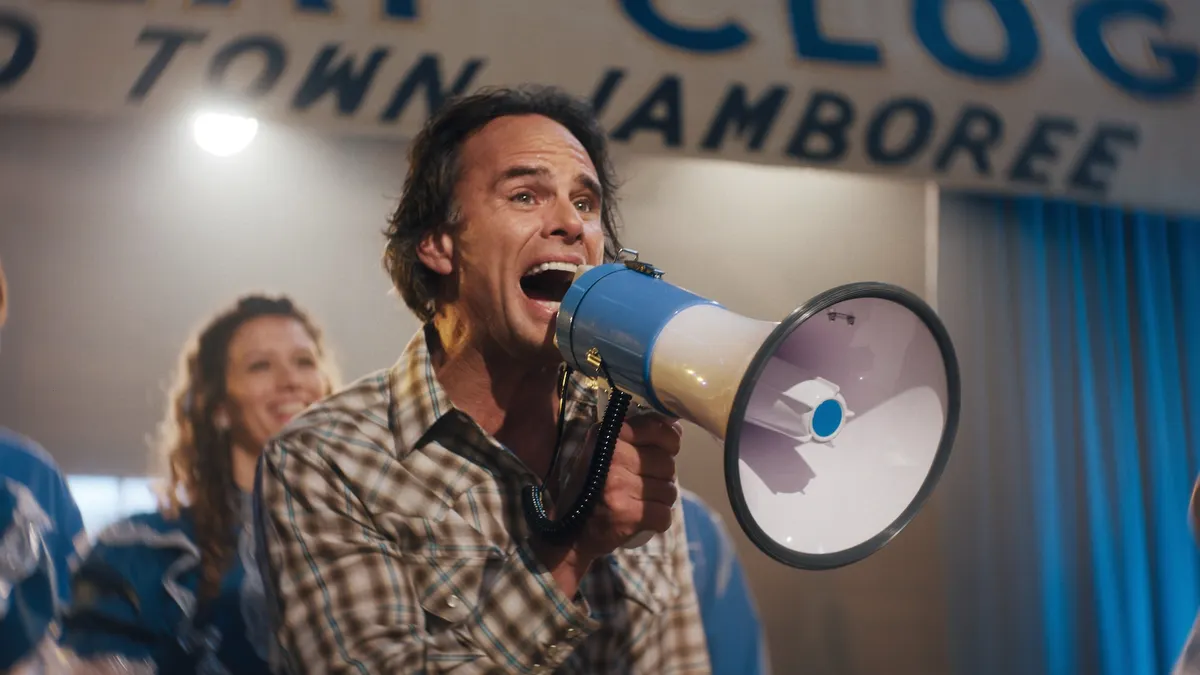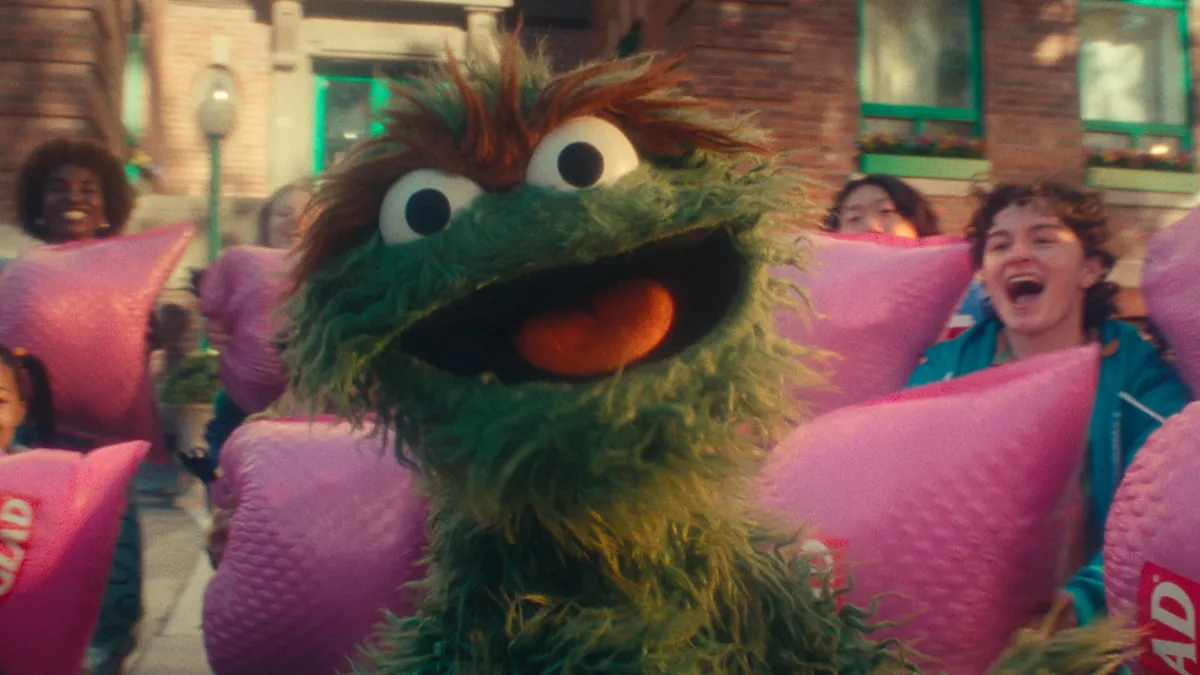The Pokemon Go phenomenon awakened the marketing world to the potential of augmented reality (AR), along with spurring interest in its high-tech cousin virtual reality (VR). But, as businesses and the public begin to adopt AR and VR more broadly, some surprising legal pitfalls are surfacing that could easily catch brands less familiar with the immersive and experiential technology space off-guard.
According to several lawyers who spoke to Marketing Dive, there are a number of things to keep in mind when crafting AR/VR content, ranging from familiar issues like copyright violation but also trespassing and particularly invasive data collection. Attorney Linda Goldstein, a partner at BakerHostetler who heads the firm's advertising, marketing and digital media areas, said the topic of legal issues surrounding AR and VR is being brought up more often by clients, and that her firm is more active in speaking about it.
"Right now, it is about trying to identify the issues," said Goldstein, adding that it is still early days. The sentiment is shared by other companies including the Reed Smith law firm, whose legal team just published a white paper on potential legal complications surrounding AR and VR.
Private property and physical safety
AR, in particular, relies on overlaying digital effects onto the real world, often via a smartphone camera, meaning marketers must be extra cautious in how they apply the technology.
"I think that the main legal issues, at least thus far, have been first — believe it or not — issues of trespass on where the objects are located," said Goldstein. If a brand is going to be a sponsor for a game, for example, Goldstein cautioned that it would be smart to run any promotions in a public space to avoid potential lawsuits.
Marketers also need to remain cognizant of how AR and VR experiences can cause people to act.
"You could be walking through the street glued to an app and not really aware of your surroundings," said Goldstein. "So safety is a concern." The Reed Smith paper also pointed out that, because of the immersive qualities of the technologies, “AR/VR will accelerate user's ability to physically integrate into an environment," and act out movements that could lead to injury.
Attorney Po Yi, a partner in Venable's advertising and marketing group, noted that VR has been linked to nausea and other physical ailments. She suggested marketers consider age restrictions and certain kinds of disclaimers to cover their bases in that regard.
Beware of copyright, trademark infringements and publicity rights
Just as marketers must be keenly aware of AR/VR users' physical surroundings, the same rules apply to respecting intellectual property (IP) rights.
"If you have set up your app or whatever mechanism you are using and you are incorporating perhaps statues that are copyrighted or artwork that is out and about in the street, there are potential legal concerns," Goldstein said.
Michael Sherman, a partner in the Entertainment and Media Group at Reed Smith, believes that IP issues will be one of the "most important" legal concerns as AR and VR continue to see wider adoption. Viewing a copyrighted artwork or branded garment on a mannequin in a movie is far different than viewing them in AR or VR, he said.
“If the motion picture pans [to] the item quickly, it might not be a problem,” Sherman explained. “But in a virtual reality application, the user can manipulate the scene in a way in which the content may be repeated or a picture on the wall really honed in on. If users can really focus in on it for an extended period of time, there can be an issue as to whether the production company has the right to use it."
Another hypothetical offered by Sherman would be the use of a 1950s soda counter setting where a Coca-Cola sign hangs prominently in the background while people at the counter drink a beverage that looks like Coke.
"The suggestion is that somehow Coca-Cola is a sponsor or licensed the brand to be in this virtual reality environment,” Sherman said. If the experience features violent or sexual content — material many brands would deem unsafe — the creators might run into trouble.
"Coca-Cola would likely never allow that and it could be a trademark infringement," Sherman added.
With these factors in mind, marketers will likely be doing more reviews for pre-existing licensing contracts to see if they apply within the boundaries of AR and VR, per Sherman. Some contracts have already been constructed to incorporate allowances for new technologies with wording such as "in any media known or hereafter coming up," he said.
Then there are Publicity Rights, a legal protection for individuals, typically applied to well-known public figures and celebrities. But this can also be embraced by "real" men and women if their images are tied into a commercial enterprise they did not give approval for. In its white paper, Reed Smith gives the example of a lawsuit against Samsung Electronics America over an advertisement featuring a game show character closely resembling Vanna White, longtime hostess on "Wheel of Fortune."
Present the product truthfully
Product representation is another factor to keep in mind, according to attorney Gonzalo Mon, who specializes in marketing and advertising at the law firm Kelley Drye and Warren. Consumer legal protections can carry over to emerging advertising formats, and Mon said the industry is currently grappling with how they translate to AR and VR.
If a retailer or brand presents a shopper the opportunity to virtually try on or inspect a clothing item from a general advertising standpoint, that experience must accurately reflect the tangible product, according to Mon.
"If they are looking at an item, you can't make it look better in the virtual world or say it has elements or features that don’t exist," he said.
Marketers need to be particularly careful when targeting children.
"We might see a toy plane flying through the air in AR or VR. We know as adults the product doesn't really do that. But it needs to be clear for children so they don't get unrealistic expectations," Mon added. "You don't want to exaggerate how it performs."
On top of that, there could be an issue over product disclosures and special offer terms that need to be clearly expressed. Because of space, there have already been struggles in this area on channels like social media.
"Those laws requiring disclosure are still going to apply, and it might be harder to express in an AR and VR setting," Mon said. "But you can’t avoid doing it."
Privacy concerns
Marketers are still grappling with privacy concerns surrounding data collection across channels and how it is applied to their business — an issue that applies to AR/VR, especially when considering potential intrusions like hackers. Venable's Yi said AR and VR experiences actually heighten privacy issues because of the vast data that can be collected, such as user location and behavioral information.
"The disclosure has to accurately say what you are doing," she said. Stemming from that, marketers must carefully consider what data they want to collect from an experience and whether it steps outside of legal and ethical boundaries.
"Is it being fully disclosed to users and what kind of data security is there?" asked Yi. "Potentially, this could be problematic because of the type of data collected. It's more personal, even if it's not identifiable."
Marketers should then wisely consider their early moves in the AR/VR space. Even if something doesn't end in litigation, there could be lasting damage to brand reputation for experiences deemed intrusive.
"I think you need to be aware of the consequences of your actions," Yi said.




















